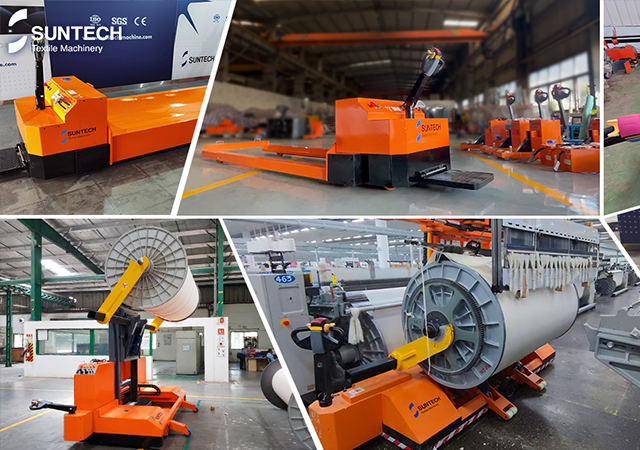Material handling equipment plays a pivotal role in modern industrial and logistical operations, facilitating the seamless movement, storage, control, and protection of materials and products across diverse sectors. This article provides a comprehensive exploration of the types, functions, benefits, and challenges associated with material handling equipment.
Types of Material Handling Equipment:
Definition: Versatile industrial trucks equipped with hooks for lifting and moving heavy loads within warehouses, distribution centers, and manufacturing plants.
Cranes and Hoists:
Definition: Machinery designed to lift and move heavy materials and equipment vertically or horizontally.
Examples: Overhead cranes, gantry cranes, jib cranes, hoists.
Automated Guided Vehicles (AGV):
Definition: Self-guided, driverless vehicles navigating predetermined paths for autonomous transportation of materials, parts, or finished products.
Pallet Jacks and Hand Trucks:
Definition: Manually operated equipment for moving smaller loads or pallets within confined spaces.
Automated Storage and Retrieval Systems (AS/RS):
Definition: Computer-controlled systems automating the storage and retrieval of items from racking or shelving systems.
Robotics and Automated Systems:
Definition: Robotic systems increasingly used for precise and speedy material handling tasks such as sorting, picking, packing, and palletizing.
Functions and Benefits of Material Handling Equipment:
Improved Efficiency:
Automation streamlines material movement, reducing manual labor and errors, leading to increased operational efficiency and faster processing times.
Increased Safety:
Reduces the risk of injuries associated with manual handling, ensuring a safer working environment.
Space Optimization:
Certain equipment, like AS/RS, optimizes warehouse space, allowing for high-density storage.
Cost Savings:
Enhances productivity, reduces labor requirements, minimizes product damage, and enables efficient use of storage space, resulting in long-term cost savings.
Flexibility and Adaptability:
Customizable equipment adapts to changing needs, accommodates various products, and efficiently handles diverse processes.

Challenges and Considerations:
Initial Investment:
Significant upfront cost requires careful evaluation of ROI, equipment lifespan, maintenance costs, and operational benefits.
Training and Skill Requirements:
Specialized skills and training needed for safe and efficient operation, necessitating proper training programs.
Integration and System Compatibility:
Challenges in integrating with existing systems require careful consideration for seamless operation and data flow.
Maintenance and Downtime:
Regular maintenance crucial to prevent downtime due to breakdowns or repairs, disrupting operations.
Technological Advancements:
Rapid evolution of material handling technology requires businesses to stay informed for competitive advantages.
While material handling equipment presents initial challenges and considerations, its functions and benefits, including improved efficiency, increased safety, space optimization, cost savings, flexibility, and adaptability, make it an indispensable asset for businesses aiming to optimize their supply chain and operational processes. Staying informed about technological advancements ensures businesses leverage the latest innovations for sustained competitive advantages.
With over 50 years of technological expertise and manufacturing experience, SUNTECH has become a trusted name in the textile machinery industry. Serving over 10,000 customers with more than 50,000 installed machines worldwide, SUNTECH offers tailored material handling equipment to meet diverse production needs. SUNTECH has established the range of products, including but not limited to motorized warp beam lift trolley, AGV, and beam storage. SUNTECH Textile Machinery continues to deliver remarkable achievements to the global textile sector.




